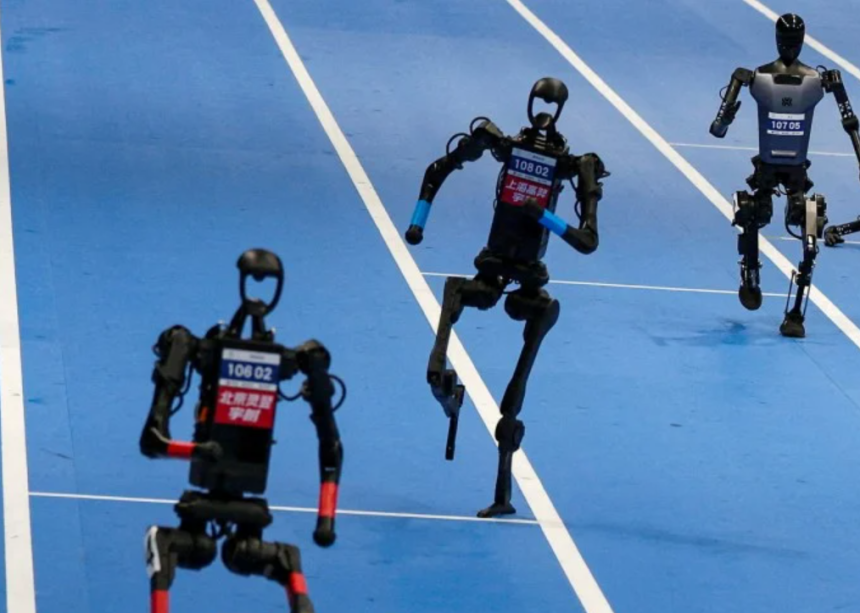A Spectacle of Science and Sport Unfolds in Beijing
Beijing made history in August 2025 by hosting the inaugural World Humanoid Robot Games, a three-day global showcase of AI prowess and engineering at the National Speed Skating Oval—originally built for the 2022 Winter Olympics. The event drew over 500 humanoid robots from 280 teams across 16 nations, including the U.S., Germany, Japan, Brazil, and China.
Competition on Two Legs: Sports and Real-World Challenges
Participants took on 26 different events, blending traditional sports with practical tasks:
- Athletics: Sprinting, hurdles, relay races, and an endurance 1,500m event—won in 6 minutes 29 seconds by Unitree Robotics’ H1 robot.
- Team Sports & Combat: Robot squads played soccer, while others sparred in boxing or showcased martial arts.
- Task-Based Events: From category-based medicine sorting and cleaning to materials handling, robots tackled missions built for real-world utility.
Triumphs and Tumbles: Engineering Marvels and Human Comedy
Robotic athletes impressed and entertained in almost equal measure: some scored goals or delivered perfect drumbeats, others faltered mid-play. A standout dance act featured machines drumming in perfect synchrony as terracotta warrior avatars.
Yet, despite intelligent choreography, robots struggled with balance and autonomy—often needing human intervention to right themselves mid-performance.
Medal Rush: Who Took the Lead in Cyborg Sport?
- Unitree Robotics (Hangzhou) emerged the champion by medal tally—securing 11 medals, including four golds awarded across the 400m, 1,500m, 100m hurdles, and the 4×100m relay.
- X-Humanoid (Beijing Humanoid Robot Innovation Centre) followed closely, taking home 10 medals, with wins in the 100m race and materials handling competition.
China’s Strategic Play in Robotics Warfare
The Games reflect a bold national push: a $20 billion subsidy surge alongside a projected 1 trillion yuan fund to bolster AI and robotic innovation. Policymakers envision humanoids as key players in manufacturing, elder care, and beyond. Organizers even hinted the Games could become a “third Olympics” for robotics.
What the Games Tell Us About the Future of Robotics
The event made clear that while humanoid robots now flap, sprint, and even dance, autonomy, grace, and real-world reliability remain works in progress. However, the valuable data gleaned from every stumble, crash, and choreographed move is advancing development fast.
Final Thoughts
The World Humanoid Robot Games offered a vivid glimpse of what’s ahead—robots that imitate human motion, learn from trial and error, and elicit cheers from human crowds. Though far from replacing us, they’re racing steadily into our industries—and perhaps, into our daily lives. The question is no longer if robots will compete with us, but how soon.











